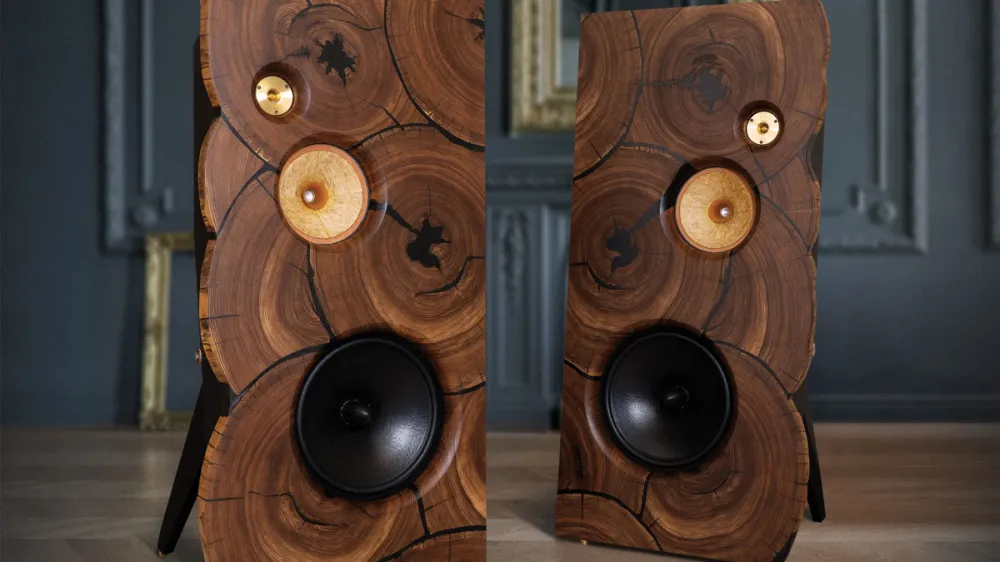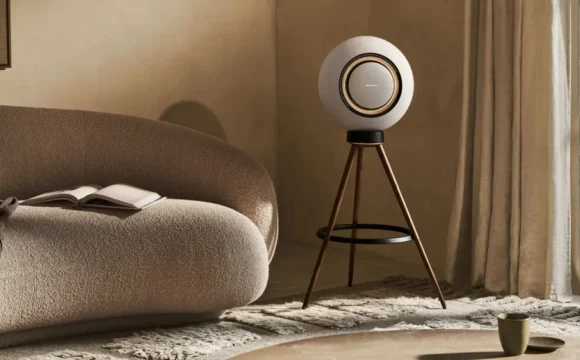ห้องปฏิบัติการ Treehaus Audiolab ขอ Rich Pinto ผลิตลำโพงและเครื่องเสียงหลอดสูญญากาศไฮเอนด์ โดยใช้วัสดุธรรมชาติอย่างไม้ กระดาษ และโลหะ การออกแบบของพวกเขาเน้นที่เสียงธรรมชาติและสุนทรียภาพแบบกลางศตวรรษที่ 20 คล้ายกับเฟอร์นิเจอร์ของ George Nakashima
ตัวลำโพงผลิตจากวอลนัทหรือเอลม ได้ลวดลายที่สวยงาม และมีน้ำหนัก 90 ถึง 150 ปอนด์ ใช้ไดรเวอร์สนามแม่เหล็กประสิทธิภาพสูงพิเศษ เสริมด้วยวูฟเฟอร์ช่วงล่างและซูเปอร์ทวีทเตอร์ ลำโพงแบบเปิดโล่งเหล่านี้ ช่วยลดความเพี้ยนของเสียง ที่พบได้ทั่วไปในลำโพงดีไซน์แบบเดิม ส่งผลให้ได้เสียงที่ใส สะอาด และเป็นธรรมชาติ
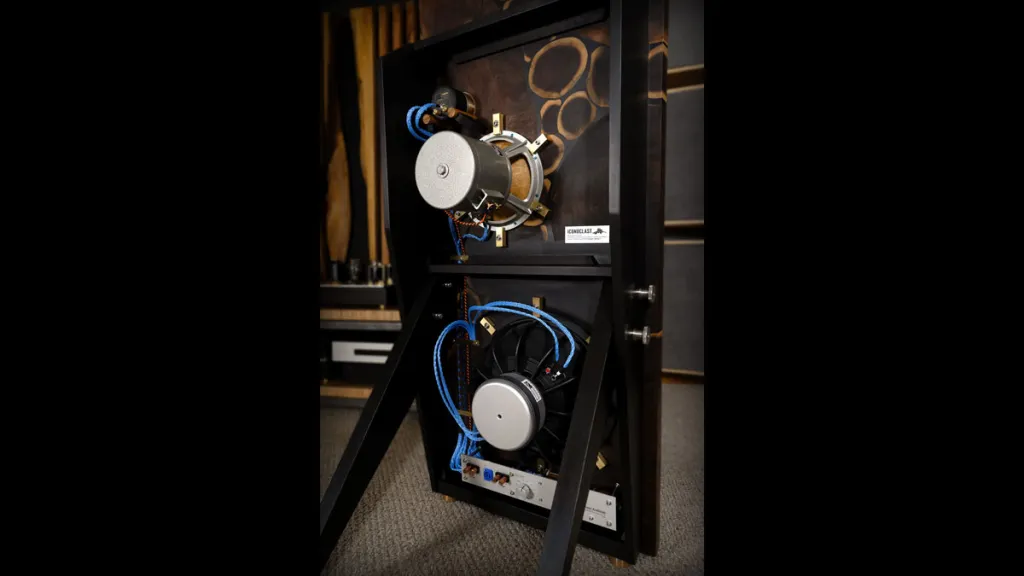
TREEHAUS AUDIOLAB
ทาง Treehaus มีให้เลือกสองรุ่น: The Phantom of Luxury (ราคาคู่ละ 29,000 ดอลลาร์สหรัฐ) และ National Treasure (ราคาคู่ละ 19,000 ดอลลาร์สหรัฐ) ทั้งคู่ใช้ไดรเวอร์สนามแม่เหล็กคุณภาพสูง ไดรเวอร์เหล่านี้ได้รับการออกแบบใหม่โดย Atelier Rullit มีน้ำหนักเบามาก ไม่จำเป็นต้องใช้แม่เหล็กขนาดใหญ่ เป็นลำโพงเป็นแบบไบ-แอมป์ โดยมีเครื่องขยายเสียงโซลิดสเตท Class D สำหรับวูฟเฟอร์และเครื่องขยายเสียงหลอดสูญญากาศสำหรับไดรเวอร์สนามแม่เหล็กและทวีทเตอร์
ผลลัพธ์ที่ได้คือประสบการณ์เสียงธรรมชาติที่เป็นเอกลักษณ์
จากบทความโดย Robert Ross

TREEHAUS AUDIOLAB
Rich Pinto’s Treehaus Audiolab produces perfectionist loudspeakers and vacuum-tube electronics using natural materials like wood, paper, and metal. Their design emphasizes natural sound and mid-century aesthetics, resembling George Nakashima’s furniture.
The speakers, made with specimen-grade walnut or elm, weigh 90 to 150 pounds and use ultra-high-efficiency field-coil drivers, enhanced by a low-range woofer and super tweeter. These open-baffle speakers avoid the box colorations typical of conventional designs, providing transparent, effortless sound.
Treehaus offers two versions: The Phantom of Luxury ($29,000 per pair) and the National Treasure ($19,000 per pair), both using high-quality field-coil drivers. These drivers, redesigned by Atelier Rullit, are ultra-lightweight, eliminating the need for heavy magnets. The speakers are bi-amped, with a Class D solid-state amp for the woofer and a vacuum-tube amp for the field-coil driver and tweeter.
The result is a unique, natural sound experience.
From the article by Robert Ross
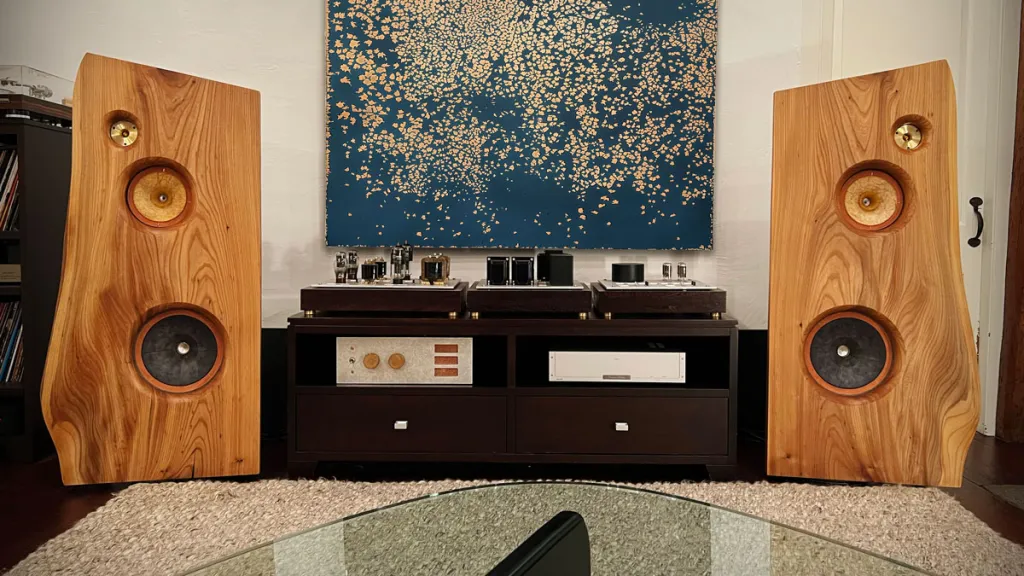
TREEHAUS AUDIOLAB
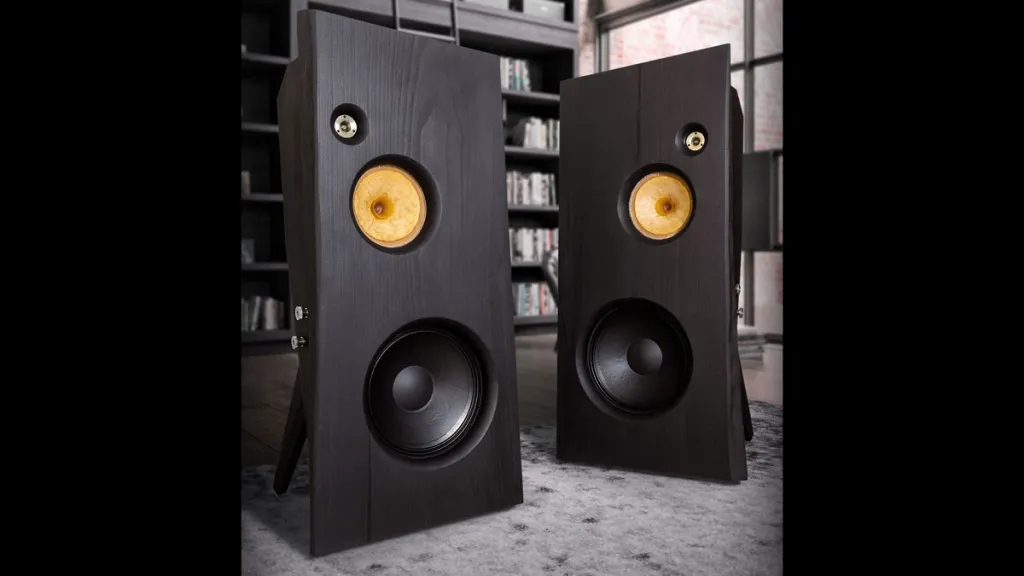
TREEHAUS AUDIOLAB

